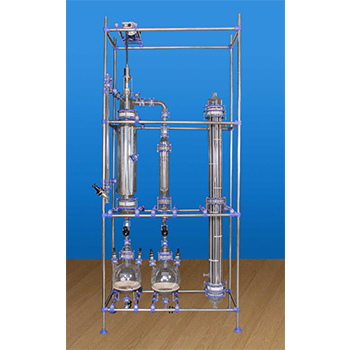Table of Contents
“You see yourself in a mirror; you use a work of art to see your reflection”.
Humans have discovered many magnificent things through the span of time. We have used raw material from Mother Nature and crafted them into something beautiful and useful. Glass is one of those discoveries. The process of making glass in nothing less than art in the making. It requires patience, precision, and persistence. Glass fabrication is the manufacturing and assembling of glass
The art of glassmaking dates back at least 6000 years that means humans learned it even before we had discovered how to smelt iron. Evidence tells us that the first true synthetic glass was made in Lebanon and the coastal north Syria, Mesopotamia. The earliest known glass objects were beads from the mid-third millennium BCE.
Ingredients
There are a few things you’ll need to manufacture a perfect glass. The most common ingredients/materials that go into a niche quality process of glass manufacturing are silica sand, limestone, soda ash, quartz, magnesium oxide, aluminum oxide, aluminosilicate, borosilicate, dichroic, germanium, glass-ceramic, sulfide, fluoride glass.
What is Glass Fabrication?
Glass fabrication is a process of manufacturing glass in different parts and assembling it together using various techniques like blowing, casting, extrusion, drawing, pressing, heat shrinking. Depending upon the type of glass additional processes such as machining, grinding, finishing or bonding is included to increase the sturdiness and overall quality of glass.
- Blowing: The process of blowing requires a blowpipe (12 mm in diameter and 1.80m in length). Blowing air into the blowpipe causes the molten glass to take shape of the cylinder. The process of continuously blowing and heating helps the molten glass to form the required size of the cylinder. When the size is acquired, the cylinder is dissected vertically so that it is disconnected from the blowpipe and is collected on an iron plate.
- Casting: The molten glass is then poured into molds of the desired shape and is felt to cool down. This technique is often used to make mirrors.
- Drawing: It is simply pulling the molten glass either with hands or machinery.
- Pressing: The molten glass is pressed into molds. This process is used to acquire consistency in the thickness of glasses. The pressure is applied either with hands or machines.
- Beveling: It is the process of cutting glass to smoothen the rough edges or borders of the glass.
- Machining: To err is human. Glass making is all about precision. One wrong move can hamper the quality of glass. The machinery is programmed in such a manner that helps manufacturers acquire perfection. CNC machines are extensively used throughout the fabricating process to ensure that your glass is manufactured just right.
Glass Fabrication Applications
Glass fabrication is used in a variety of applications, but the most common are polished mirrors and lenses. These lenses are later used in the manufacturing of eyeglasses, telescopes, and prisms, all of which may be negatively affected by the slightest imprecision. Mirrors are used in the manufacturing of high-definition televisions, video projectors, and solar panels. In addition to that mirrors are also used in vehicles and as a home accessory. Glass fabrication can also be used to make wafers used in LEDs, optical sensors, and power semiconductors.
Glass Fabrication in a nutshell
Glass fabrication is a manufacturing process, which used to molds glass into desirable shapes, sizes and if needed you can use colors too! We at Swastik industries have been perfecting the art of making varieties of glass for ages. We thrive to deliver a top-notch quality of glassware and services. We bet once we manufacture your glass, you will keep coming back!









